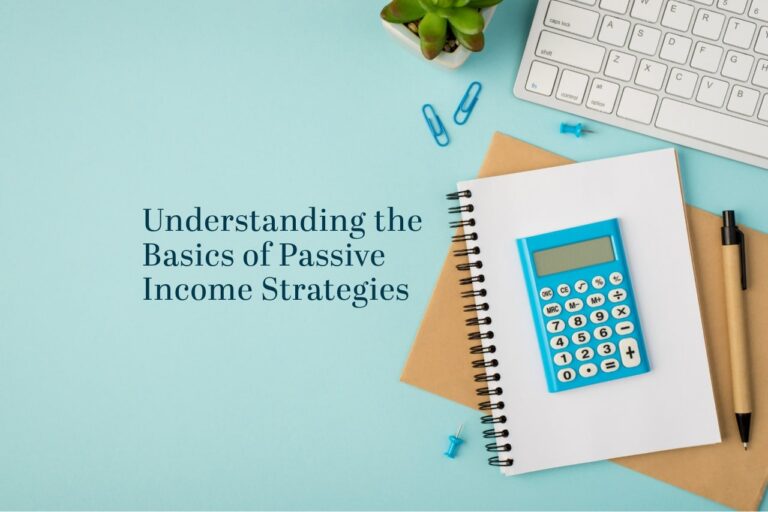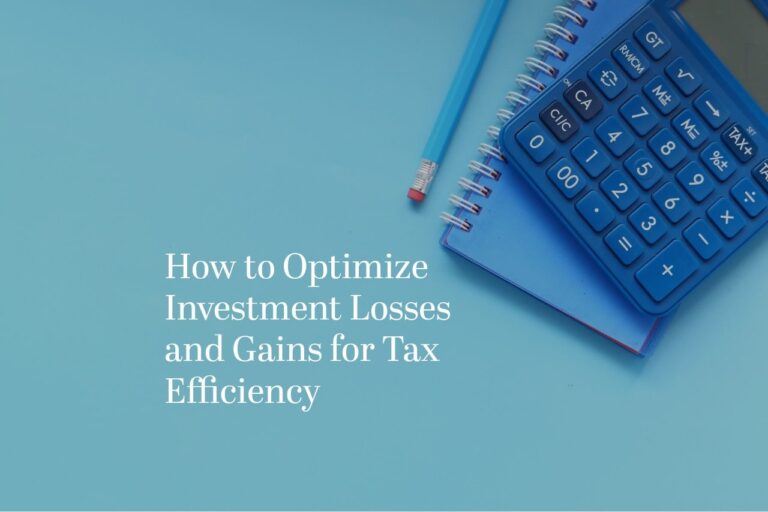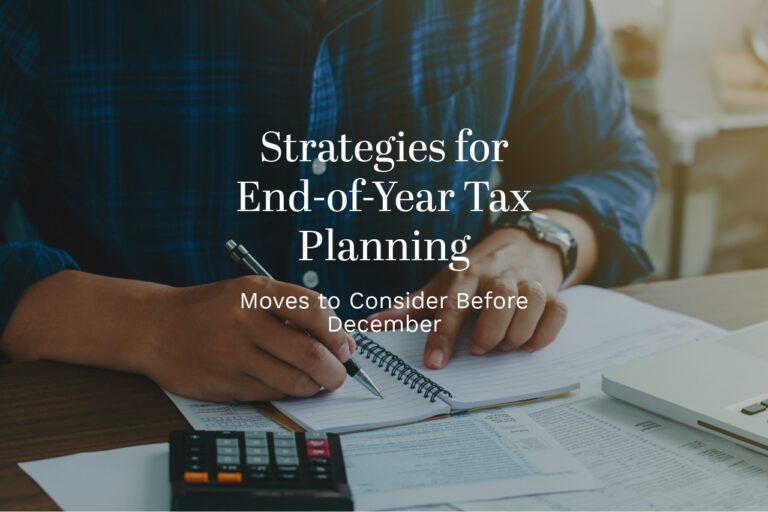How to Take Intentional Steps to Build a Retirement Income Plan to Fund Your Later Years
Planning for retirement involves more than just saving a lump sum of money. It requires careful consideration of how you will generate income throughout your retirement years. A well-thought-out retirement income plan can help you navigate this phase of life with confidence. Below are key steps to help you get started with building a retirement income plan.
Step 1: Assess Your Retirement Income Needs
One of the first steps to build a retirement income plan is to evaluate your anticipated needs during retirement. Start by considering what your living expenses will be in retirement, including housing, transportation, healthcare, food, and leisure activities.
In addition to everyday expenses, factor in any discretionary spending you might want to do—such as travel, hobbies, or family events. Don’t forget to account for inflation, as it can erode purchasing power over time, especially during a lengthy retirement. A good rule of thumb is to aim to replace about 70% to 80% of your pre-retirement income, but your specific situation may require more or less.
Consider your desired lifestyle in retirement. Some people prefer to downsize their homes and cut back on living expenses, while others might wish to travel or engage in other activities that require additional funding. Understanding your future needs can help you in setting your income goals.
Step 2: Identify Your Sources of Retirement Income
Once you have a sense of how much money you will need in retirement, the next step is to identify all potential sources of retirement income. These can include:
- Social Security: This is often the foundation of retirement income for many individuals. You can start taking Social Security benefits as early as age 62, but the amount you receive will increase if you delay claiming benefits until your full retirement age (typically between 66 and 67, depending on your birth year) or even age 70. Be sure to understand your Social Security benefits and how they fit into your retirement plan.
- Pension Plans: If you are fortunate enough to have a pension plan through your employer, this can provide a steady stream of income during retirement. Be sure to understand how the pension works, including payment frequency and when benefits start.
- Personal Savings and Investments: For most people, personal savings, such as 401(k)s, IRAs, and brokerage accounts, make up a significant portion of retirement income. Determine how much you have saved, how it is invested, and how much income it can generate each year. The withdrawal strategy you choose will impact the longevity of these funds.
- Annuities: Some retirees opt to purchase annuities, which provide a fixed income for a set period or for the rest of your life. If you decide to go this route, be sure to fully understand the terms, fees, and the type of annuity that best suits your needs.
- Part-Time Work: Many retirees choose to continue working part-time, either for personal enjoyment or as a way to supplement their income. Consider whether this is an option for you, and if so, what type of work aligns with your interests and financial needs.
Understanding where your income will come from and how much you can expect from each source is crucial. This helps you figure out if you have enough resources to support your retirement goals or if you need to adjust your expectations or savings rate.
Step 3: Calculate Your Withdrawal Strategy
Once you know how much you will need and where your income will come from, it’s time to think about your withdrawal strategy. A common approach is the “4% rule,” which suggests withdrawing 4% of your total savings each year to fund your retirement. However, this rule is only a guideline, and depending on your specific situation, a different rate may be more appropriate.
There are different ways to structure withdrawals, such as:
- Systematic Withdrawals: This involves taking a set amount of money out of your accounts at regular intervals, such as monthly or quarterly. The key is to ensure that your withdrawals are sustainable over the long term, taking into account market performance, inflation, and your life expectancy.
- Bucket Strategy: In this strategy, you divide your retirement savings into different “buckets,” with short-term, medium-term, and long-term investments. The short-term bucket would be invested in low-risk, highly liquid assets, while the long-term bucket could focus on growth-oriented investments. This strategy helps you manage withdrawals in a way that avoids selling long-term investments in a downturn.
- Required Minimum Distributions (RMDs): If you have tax-deferred retirement accounts like traditional IRAs or 401(k)s, you will be required to start taking distributions at age 73 (as of 2023). Understanding the rules around RMDs and factoring them into your withdrawal plan can help prevent penalties and manage taxes efficiently.
Your withdrawal strategy should be designed to balance income needs with the preservation of capital to ensure you don’t outlive your savings.
Step 4: Consider the Tax Implications
Taxation can significantly impact your retirement income, especially if you rely on different sources of income, such as Social Security, pensions, annuities, or investment accounts. Different sources of income are taxed at different rates, and understanding the tax implications of each will help you make better decisions.
For example, Social Security benefits may be subject to income taxes, depending on your other income sources. Distributions from tax-deferred retirement accounts are taxed as ordinary income, while qualified withdrawals from Roth IRAs are tax-free. Investment income, such as dividends and capital gains, may be subject to different tax rates, and you will need to consider how to structure your withdrawals to minimize tax liabilities.
Working with a tax professional or financial planner can help you create a strategy that addresses tax-efficient withdrawal strategies and reduces the impact of taxes on your retirement income.
Step 5: Plan for Healthcare Costs
Healthcare is one of the most significant expenses in retirement, so it’s important to plan for it as part of your overall retirement income plan. While Medicare provides health coverage for those 65 and older, it does not cover everything. You may need supplemental insurance (Medigap), long-term care insurance, or a health savings account (HSA) to help manage these costs.
Consider the potential for increased healthcare expenses as you age and factor these costs into your retirement budget. Having a plan in place for healthcare can help you avoid unexpected financial stress in retirement.
Step 6: Review and Adjust Regularly
Your retirement income plan is not something to set and forget. Over time, your financial situation, tax laws, healthcare needs, and investment performance may change. Regularly reviewing your plan can help you adjust for these changes and keep your income strategy on track.
It’s important to monitor your withdrawals, adjust for market fluctuations, and revisit your goals. Doing so will help you stay aligned with your desired lifestyle and make sure you’re on track to meet your retirement objectives.
Final Thoughts: Taking Steps to Build a Retirement Income Plan
Building a retirement income plan involves thoughtful preparation, a clear understanding of your income needs, and an effective strategy for generating and managing retirement income. By assessing your income sources, creating a withdrawal strategy, considering tax implications, and planning for healthcare, you can create a comprehensive plan that supports your retirement goals. Regular reviews and adjustments will help ensure that your plan stays relevant and effective as your retirement progresses.
Illuminated Advisors is the original creator of the content shared herein. I have been granted a license in perpetuity to publish this article on my website’s blog and share its contents on social media platforms. I have no right to distribute the articles, or any other content provided to me, or my Firm, by Illuminated Advisors in a printed or otherwise non-digital format. I am not permitted to use the content provided to me or my firm by Illuminated Advisors in videos, audio publications, or in books of any kind.








